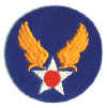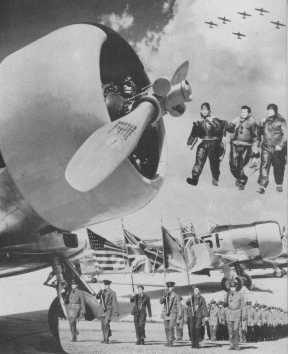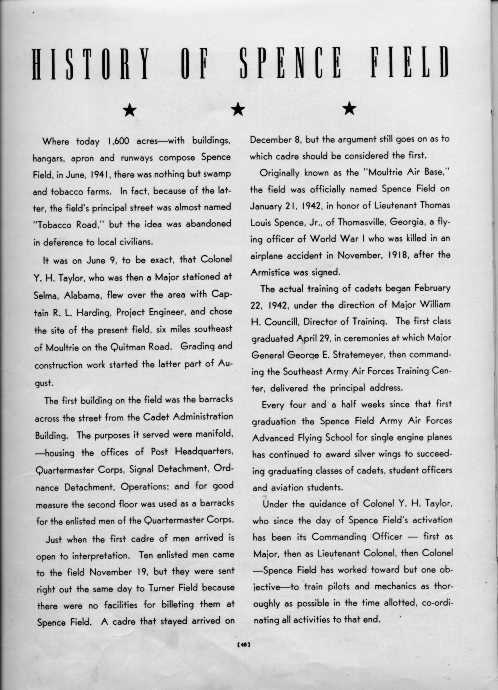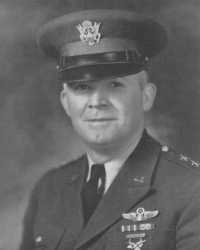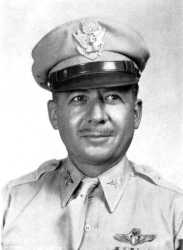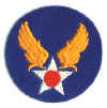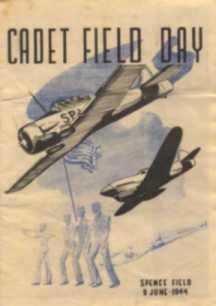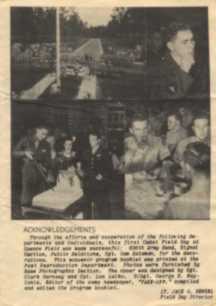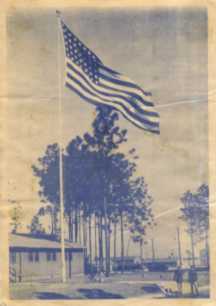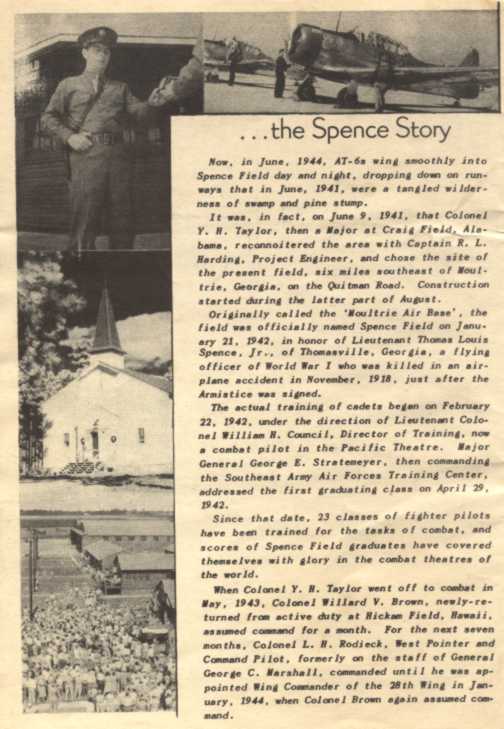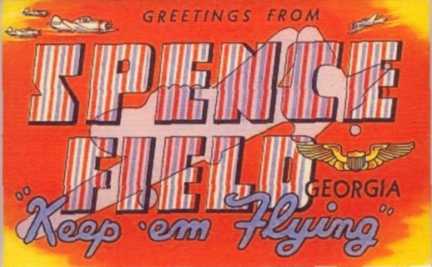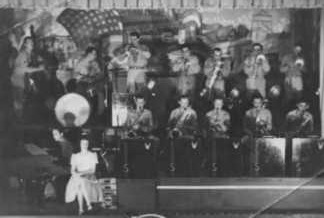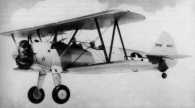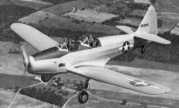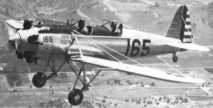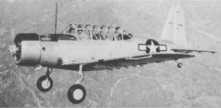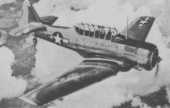We recently received, from a
contributor who prefers to remain anonymous, a 1942 US Army Air Force
publication that covers “Spence Field” operations just over a year
after the base was first opened. The book, still in good
condition, was printed by The Army and Navy Publishing Co., for the
Southeast Army Air Forces Training Center headquartered at Maxwell
Field, Montgomery, AL.
Spence was then an Army Air Force Advanced Training base for single engine planes . The flight students, predominantly Aviation Cadets, had gone through preflight training, primary training and basic training before reaching Spence for advanced training. Each of the four courses involved nine weeks of training for a total of thirty-six weeks. Preflight was divided between athletic, military and academic training. Primary provided their initial military flying training, normally in a contract school, where sixty to sixty-five hours was flown in Stearman PT-17’s, Fairchild PT-19’s or Ryan PT-22’s. In Basic they flew seventy hours in Vultee BT-13’s. Their Advanced training at Spence included eighty hours in the North American AT-6. At that time the flying training program at Spence was made up of four “School Squadrons”, each divided into two “Training Squadrons”. Each Training Squadron had about ten flight instructors. A class was graduated every four and a half weeks and upon graduation from Spence students were awarded their silver wings and promoted to the rank of Flight Officer or Second Lieutenant.
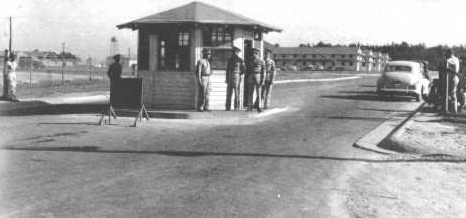 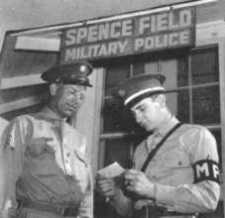 The Main Gate, manned by Military Police.  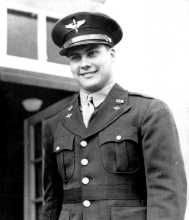 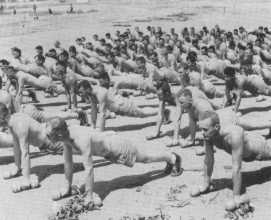 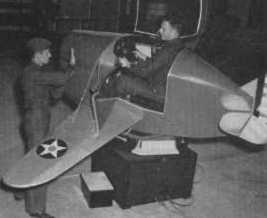 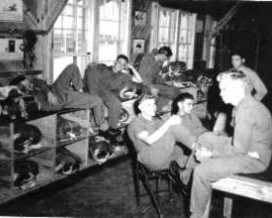 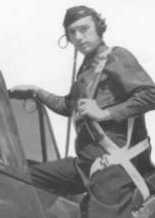
The life of a
WW2 Aviation Cadet.
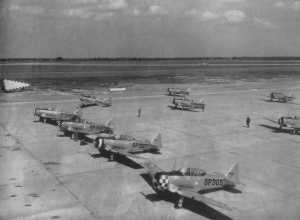
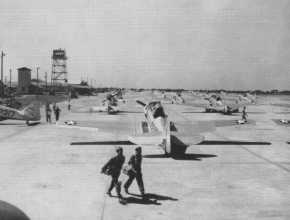
Spence flight line in 1942.
Control tower in
picture at right is one of a few original structures still standing.
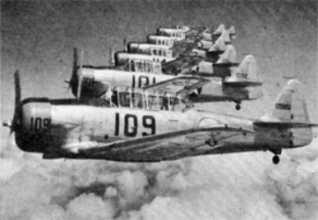
AT-6 Formation
The "Spence Field Skylarks" of WW2
WW2 Aviation Cadet Pilot Training (From 1943 USAAF brochure entitled "Aviation Cadet Training."
"The Pilot. - The pilot is the
member of the air crew
at the controls, and the flight of the ship on its course is his
responsibility. The navigator lays out the course at the end of which
is the objective of the flight. It is up to the pilot to get
the craft there in the shortest possible time—or at the desired moment,
as the case may be. His is the spectacular role. Yet it is grueling,
and his period of training is longer than that of any other member of
the air crew.
The Aviation Cadet who is training to become a pilot receives thirty-six weeks' instruction. This instruction is divided into four courses, each of Nine weeks' duration. The first course is devoted to fundamentals involving general military training and preliminary ground work. Flying training of pilots is divided into three nine-week courses: primary, basic, and advanced, with flying time of sixty to sixty-five, seventy, and eighty hours, respectively. During advanced training the pilot is assigned to bombardment flying or pursuit flying and to twin- or single-engine planes, depending upon his temperament and physique — two important factors in determining the Aviation Cadet's particular field of specialization. Mechanical aptitude, unusually quick reflexes, perfect physical coordination, and the ability to make rapid decisions are desirable in the applicant who wishes to become a pilot. A knowledge of mathematics and some experience in the field of the applied sciences are useful."
WW2 USAAF TRAINING PLANES
-------------------Primary--------------------
 |
